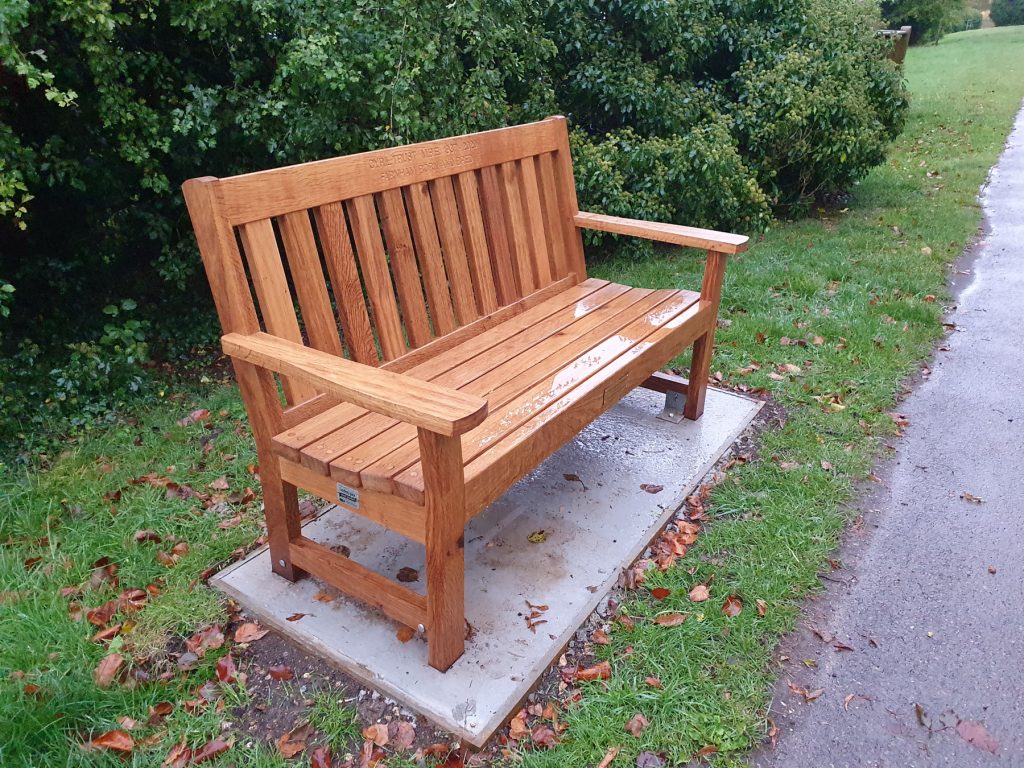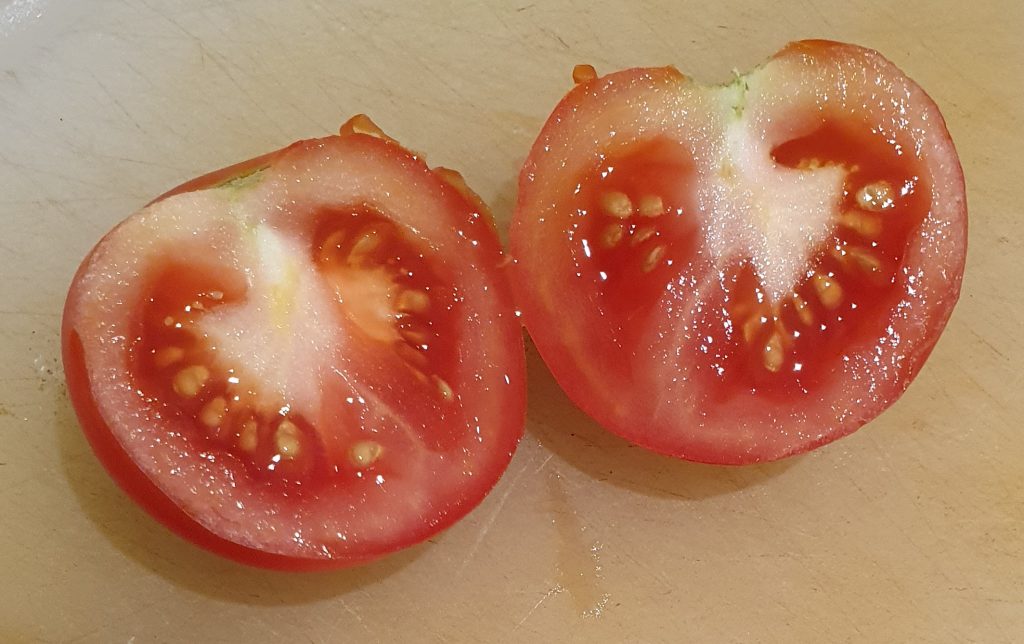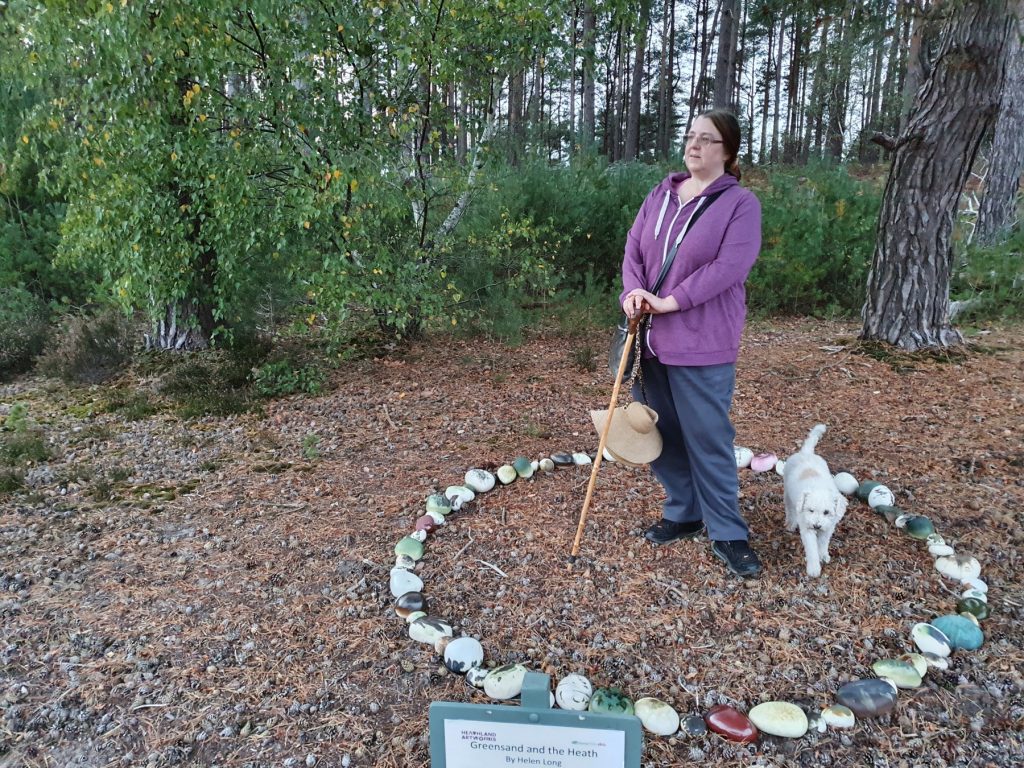This morning I woke to the news that Donald and Melania Trump had tested positive for Covid-19. While it’s ironic that Trump once claimed the virus was ‘fake news’, it also made a lot of people consider it odd that he should have to go on a fortnight’s isolation just as the election race heads into the final three weeks. Is it a ploy, many people asked. Is this how he gets a second term, they wonder.
Apparently that can’t happen easily. For a start, the President doesn’t have the power to do it. Congress does but, it seems, can only do it by changing Federal law. Given the fact that the Senate is made up of a majority of Democrats, a vote to change the law is not likely to be passed And even if it was, it could be challenged in court.
So, the Trumps are going into isolation, presumably somewhere safe and secure. And with the best doctors. Which is a true reflection of the state of a world where old, almost senile, obese men of limited intelligence are more important than the people they are supposed to represent.
Leaving Washington behind for today, here in Farnham, it rained. In fact, it rained enough for me to be forced into a raincoat. And jeans rather than shorts. This prompted Pamela at the fish counter to say, “Oh, you DO have a raincoat. I almost didn’t recognise you.“
It was so wet that I doubt anyone managed to try out the newest bench in the park.

It is dedicated to Cyril Trust MBE (1937-2020), ‘Farnham born and bred’, a man who dedicated his life to inclusion and education as well as other charitable concerns in the town. The Herald wrote an obituary back in March which, at the moment anyway, can be accessed here.
The newer benches are all wood which is an improvement over the older, non-wooden ones which tend to buckle after a few years of butt support.
I didn’t get to sit on any benches today given the weather, and having shopped extensively for the weekend, made my slow, trudgy way home afterwards.
While Mirinda worked, I was stuck in my office collecting together the information for our tax return. It’s a job I constantly put off but it had to be done so, I figured, a day of torrential rain is probably the best day for it. I locked myself away and poured over spreadsheets, bank accounts and rent receipts.
In the afternoon, I decided it was time to try the Shirley with the split skin. It felt ripe, it smelled ripe and it tasted ripe as well. In fact, it was remarkably sweet.

It was delicious. Mirinda agreed (she had one half). I’m well chuffed about it. I’ve never grown tomatoes. In fact, the only thing I’ve ever grown that I’ve also eaten was the fruit from six strawberry plants which, after the novelty of producing small, very sweet berries, ran rampant in the Hot Border. In fact, I still sometimes find new ones popping up even though it was many years ago.
I have the second two that I plucked the other day, and we’ll eat them tomorrow with brunch. Yes, we’re returning to brunch at Chez Gaz because of the mask rules which are now in force at the Holly Bush (and other places).
It is also because Mirinda is returning to the music school for her first irl class since Lockdown started. She was a bit concerned over possible face mask wearing but has been reliably informed, if she’s happy to sit by an open window, it’ll be fine.
And Mirinda, like me, much prefers the open air to being locked up. Here she is demonstrating how much she prefers the open air.

This is Greensand and the Heath by Helen Long. Ms Long invites people to stand in the middle of her circle of home made rocks and contemplate the heathland which grows atop the green sand. A lot of the green sand was lost through being dug up for construction purposes so, it seems to me, her circle is also a memorial.
Today, this happened
In 1914, the ship SS Reinfeld was sunk off Scapa Flow to act as a blockship. She was built in Newcastle in 1893 and registered in Hamburg, which is quite ironic given she was meant to keep German submarines out.
The Reinfeld had already sunk once. She hit some rocks off Gibraltar in April 1914 and was refloated and purchased by the Admiralty. She was then sunk again. Permanently this time.
Her effectiveness during the war is unknown, but she proved very effective in 1920 when a small sailing boat struck her, killing three passengers who were flung overboard following the collision. This incident was enough for the Admiralty to remove a couple of blockships though not the Reinfeld.
She wasn’t always called Reinfeld. At launch, she was the SS Ramses but was renamed after the Continentale Rhederei A.G., Hamburg bought her.
Blockships can be used both ways. They can block the enemy coming in or the defenders from getting out. A big old steel ship is very difficult to move when deliberately sunk. Which also goes both ways. Once put in place, a blockship more or less becomes part of the landscape.
Some even feature on Tripadvisor. Here’s what Ruth Bell-Pellegrini wrote in May 2015 about Scapa Flow and the Blockships: “Magnificent colours in all weathers! Sadly the blockships have almost disappeared, but you can still see the masts of one or two.“
Of course, the blockships did not always work. On 13 October, 1939 a German submarine managed to weave its way between the obstructions and entered Scapa Flow where it found HMS Royal Oak at anchor. It torpedoed the British vessel and it sank in 15 minutes killing 833 people aboard.


